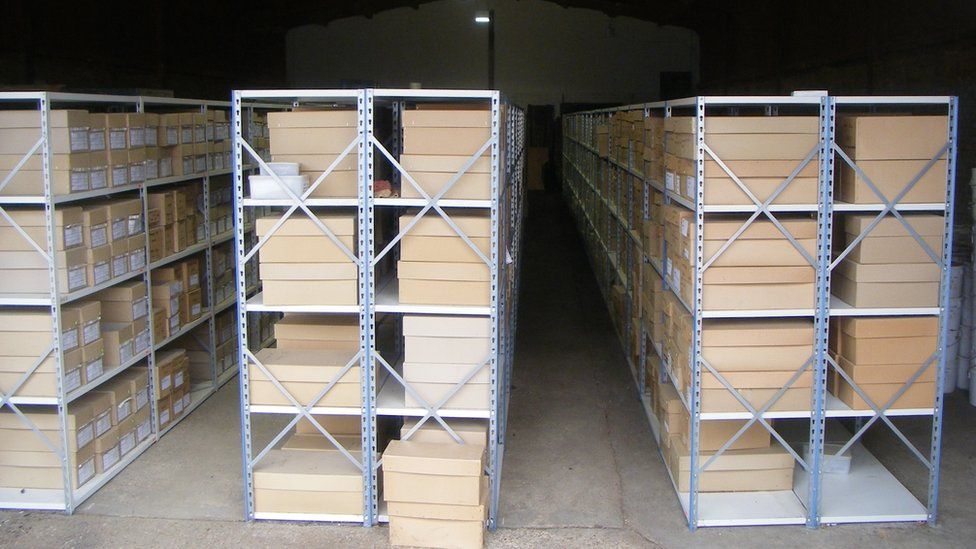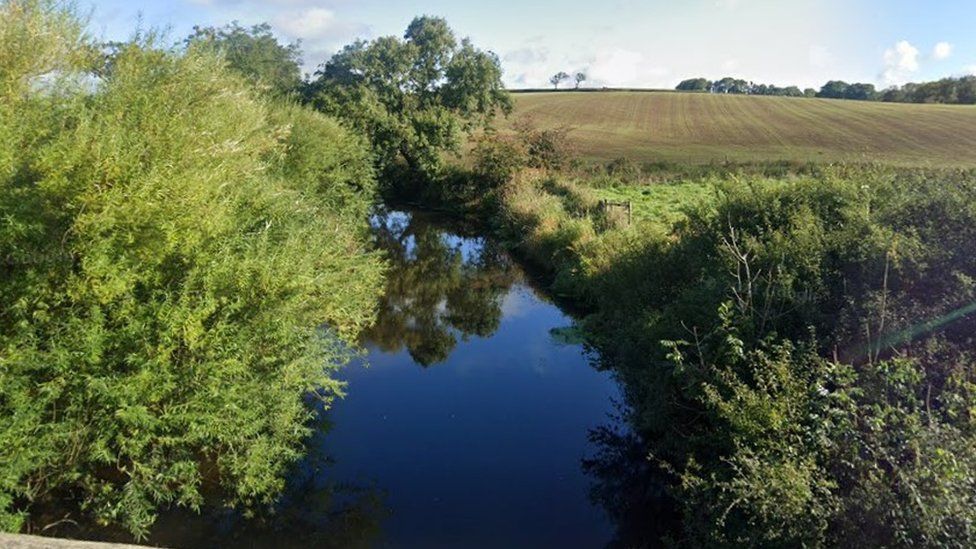As England's museums run out of space, the BBC has learned that troves of ancient artifacts discovered during construction and infrastructure projects are collecting dust in warehouses.
According to archaeologists, this is a missed chance for people to learn about their heritage and history.
The items range from exquisite bronze age pottery to fine Roman metalwork.
When developers clear land for construction, they hire archaeological contractors to find them.
These contractors—often referred to as "commercial archaeologists"—have made many of our most significant historical discoveries.
While working on the HS2 high-speed railway's route, archaeologists discovered a vast, prosperous Roman trading settlement in addition to the largest mosaic find in London in the past 50 years.
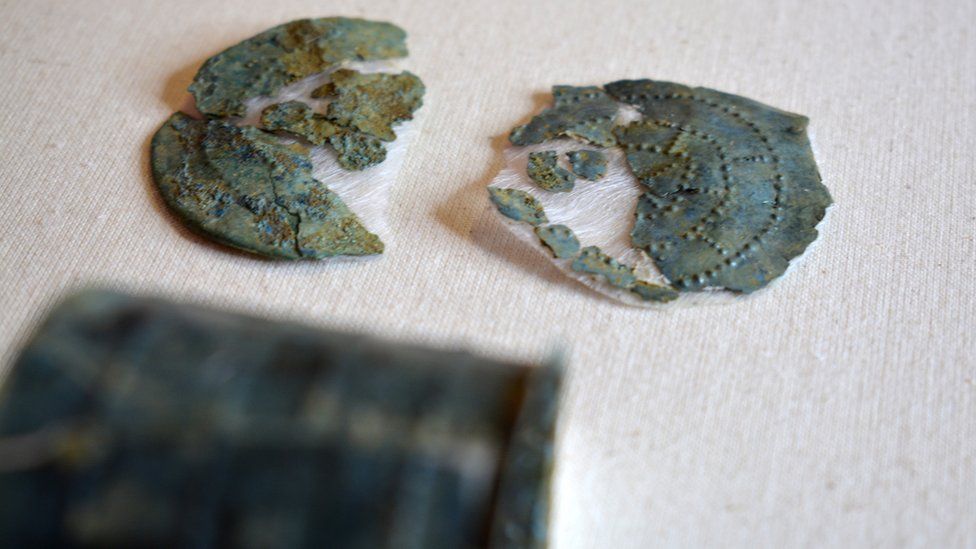
Museums may soon run out of space for these artifacts, according to Historic England. The amount of material emerging from the ground will soon exceed the space available to store it, according to a report commissioned by the public body and Arts Council England. If they don't acquire more storage space, this will happen sooner rather than later.
Barney Sloane, national director of specialist services at Historic England, said: "The clock is ticking; we have four or five years before we really do start seeing massive problems.".
The potential of archaeological archives, he said, "is really rich.". It would be a terrible shame if we couldn't figure out a way to ensure their protection in the future. ".
Scotland, Wales, and Northern Ireland all reported similar storage issues despite the fact that their approaches to managing archaeological finds vary.
Archaeological archives are no longer being collected by many museums. This means that despite the fact that many contractors grant access to researchers who want to study them, they continue to be hidden from view.
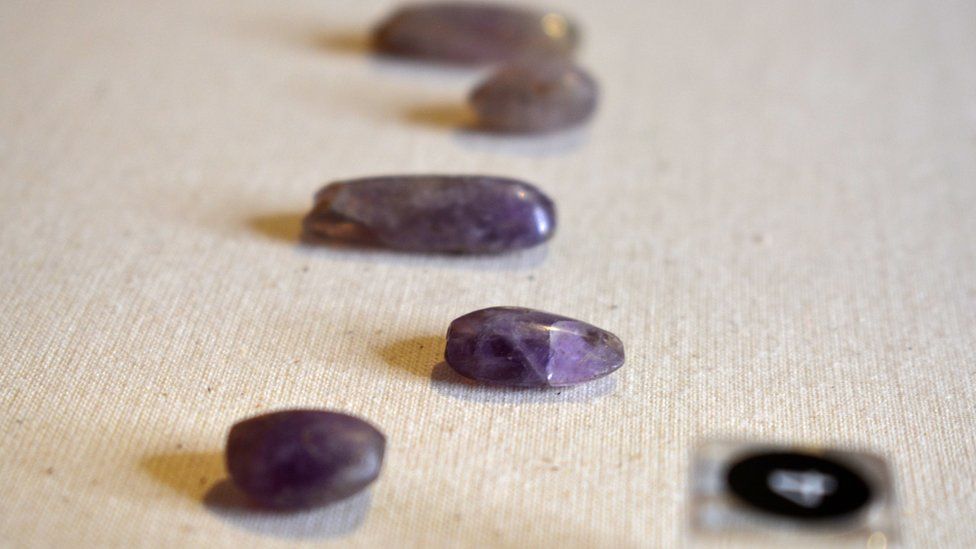
Tom Booth, a Crick Institute researcher who collaborates with museums to obtain samples for research, said, "There's literally nowhere to put them.". He continued, citing a lack of devoted archaeological curators as a contributing factor to the issue.
If there isn't an archaeological curator at a museum, they might not be as eager to accept it because they don't think they could properly care for the finds, he said.
The Society of Museum Archaeologists reports that less than half of museums in England currently have an archaeological curator.
According to Historic England and Arts Council England, at least 25% of archaeological contractors' excavations in England result in collections that never make it to a museum.

Because of this, contractors are left with the responsibility of storing them and, despite some attempts to make items accessible to local communities, are ill-equipped to show the public what they have discovered.
The Colchester Archaeology Trust, a charity that also performs contract work and found the location of a Roman circus, has a small visitor center at its office where people can visit and view some of the archival material, according to Victoria Sands. However, it is clear that we are not a museum because the item is not on display constantly. " .
Historic England, Arts Council England, and the National Trust are in preliminary discussions to advise the government on the establishment of a national archive that, in their opinion, could address the storage issue for the ensuing 100 years. It is unclear whether the government will provide funding for that solution.
If storage space runs out, councils might no longer be able to require developers to excavate sites of archaeological interest, which would mean that a lot of history might be lost for good, according to Historic England.
Restoring discoveries underground is one creative approach to the storage issue.
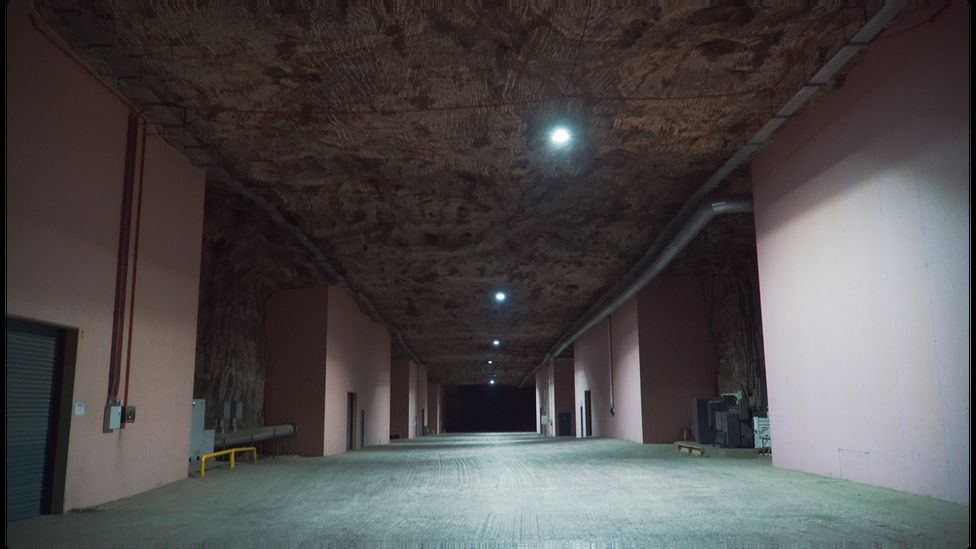
In order to store their 20,000 boxes of historical artifacts and have access to them whenever necessary, Cambridgeshire County Council has turned to Deepstore, an underground storage company housed in a former salt mine in Cheshire.
Numerous boxes of human remains from burials at the Hospital of St. Luke's have been requested for the University of Cambridge's After the Plague project from their collection at Deepstore. Cambridge John.
Through the use of cutting-edge techniques, that project discovered the first concrete archaeological evidence of the plague in Britain and learned more about the effects of the Black Death in Cambridge, including how epidemic diseases affect our evolution.
It's not just about heritage, said Mr. Sloane of Historic England, "that benefits medicine, it benefits genetics.".
The current exhibition at the Ely Museum features artifacts from two graves at the possible burial site of a Saxon princess. Finds from the stores can also be loaned out to museums for transient exhibitions. An ancient brooch and amethyst beads from a necklace are just a couple of the artifacts from Deepstore's collection that are used in this exhibition.
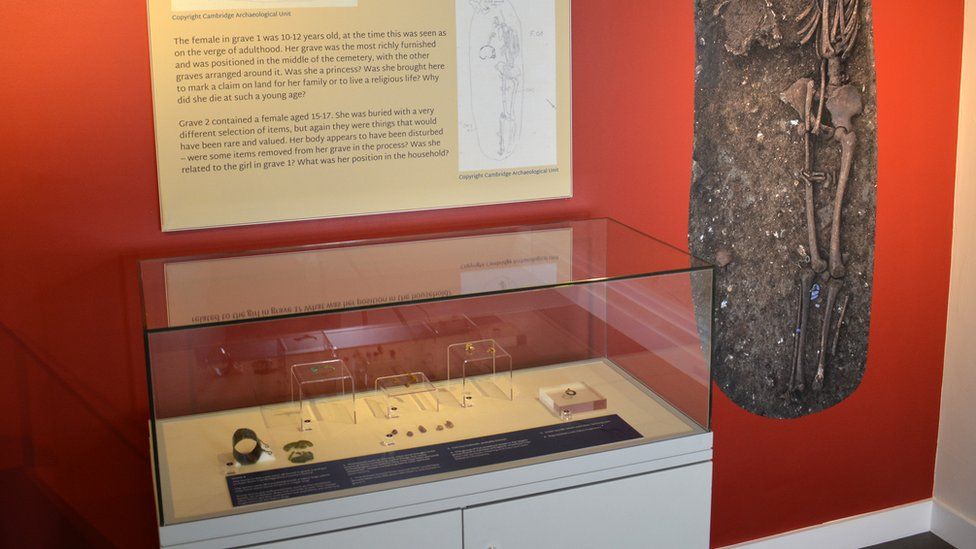
Sally Croft, the archives manager for Cambridgeshire County Council, stated that the entire purpose of preserving this information was to tell stories about it, display it to the public, and educate people about their own history. "And the only way to achieve that is by making it visible to the public.
. "

